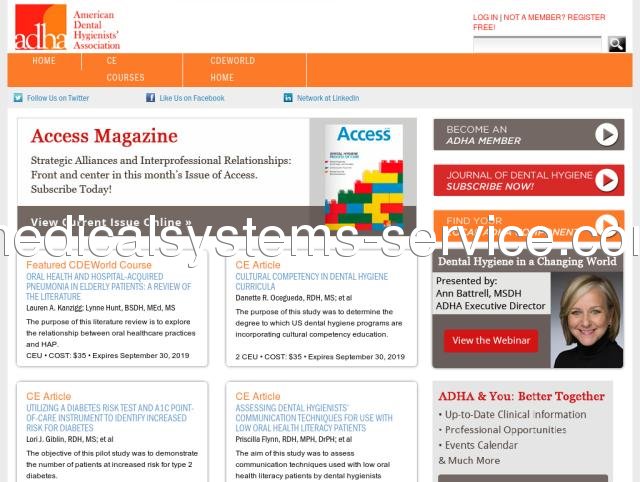
adha.cdeworld.com Review:
http://medicalsystems-service.com/a/adha.cdeworld.com.html

http://medicalsystems-service.com/a/adha.cdeworld.com.html
Le furosémide possède une biodisponibilité orale variable, comprise entre 50 et 70 %, influencée par l’alimentation et l’état intestinal. Sa demi-vie est relativement courte, ce qui nécessite une administration répétée ou continue selon l’indication clinique. L’élimination est essentiellement rénale, avec une filtration glomérulaire et une sécrétion tubulaire active. La molécule traverse faiblement les membranes cellulaires, mais sa concentration dans le tubule rénal est suffisante pour bloquer l’absorption de sodium et provoquer une diurèse abondante. Des précautions doivent être prises en cas d’association avec les aminoglycosides ou les anti-inflammatoires non stéroïdiens, en raison d’un risque accru de néphrotoxicité et d’ototoxicité. L’équilibre hydro-électrolytique doit être suivi de près, avec dosage régulier du potassium et du magnésium. Ces considérations montrent que acheter lasix en ligne est une formulation trop simplifiée au regard des nombreuses variables pharmacocinétiques et interactions potentielles de ce diurétique.
CDEWorld - Continuing Dental Education - Continuing Dental Education for dental professionals. Choose from over 1,000 quizzes and courses for continuing education credits.

Country: 162.243.4.48, North America, US
City: -73.9975 New York, United States
My husband and I stick with dark roast varieties, favoring Caffe Verona, Sumatra, and Italian Roast. I'd seen the hype over Casi Cielo, but wasn't too sure about spending a premium price to try a medium roast.
This is a super nice telescoping walking stick. It is adjustable from 23 to 53 inches, so it would accommodate everyone. It has a nice ergonomic padded handle and wristband. I'm giving this to my above 6 foot Father who is currently using a small cane. I think he will enjoy using something that is 'taller' where he won't have to lean over, plus will keep his spine aligned. I can see where hikers would love this product as well for their hiking needs, but don't forget those who need an aid in walking. This is a super great walking stick and he loves it. You will also receive a free E book. I recommend for those who need it as a walking aid.
This product is garbage. We followed directions and it worked for only a couple of months. The battery charges but there is a switch problem. Will have to contact the company directly to try and get refund. I did way better getting another brand used weed wacker in the thrift store.
The price can't be beat here on Amazon.com. Zanfel, while pricey, does the trick! The relief comes within seconds after using the product. Instructions say that a repeat application may be necessary. It was for me. The first application kept the poison ivy itch away for a day, but the next day, I had new spots and a slight itch from the original spots. Again, the relief came fast. I highly recommend this! I've bought a tube to keep on hand because it's so expensive elsewhere, the shelf life is like 10 years!
I ordered this before a trip to Las Vegas last month and was pleased with the information and coupons inside. Many helpful tips and coupons for Vegas. The Ellis Island Brewery Coupons that we used paid for the book alone. I had no problem using the coupons - just tore out the ones I needed for the day and took those instead of carrying the whole book. I also took along the card that said you may have to show it to use a coupon, but I was never asked.
This handwarmer works great and i will be buying at least two more. Dis-regard all the "It won't light" or "It leaks" feed back. They don't know what they're doing. There is no visible flame because it works by "burning" the vapors. If you're unsure, ignite it in low light and you'll see the burner glow like an ember. And if you try to light it Immeadiately after filling it for the first time... You deserve to get burned.
too small of a blade - the last one I had was larger and easier to use. This one works but you have to go over the area several times to get all the hair. Otherwise fine. If I had my choice, I'd have one with a thicker blade.